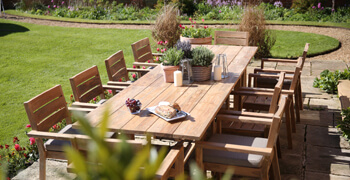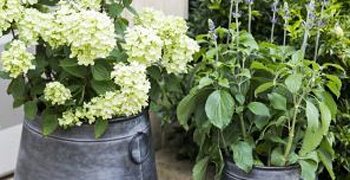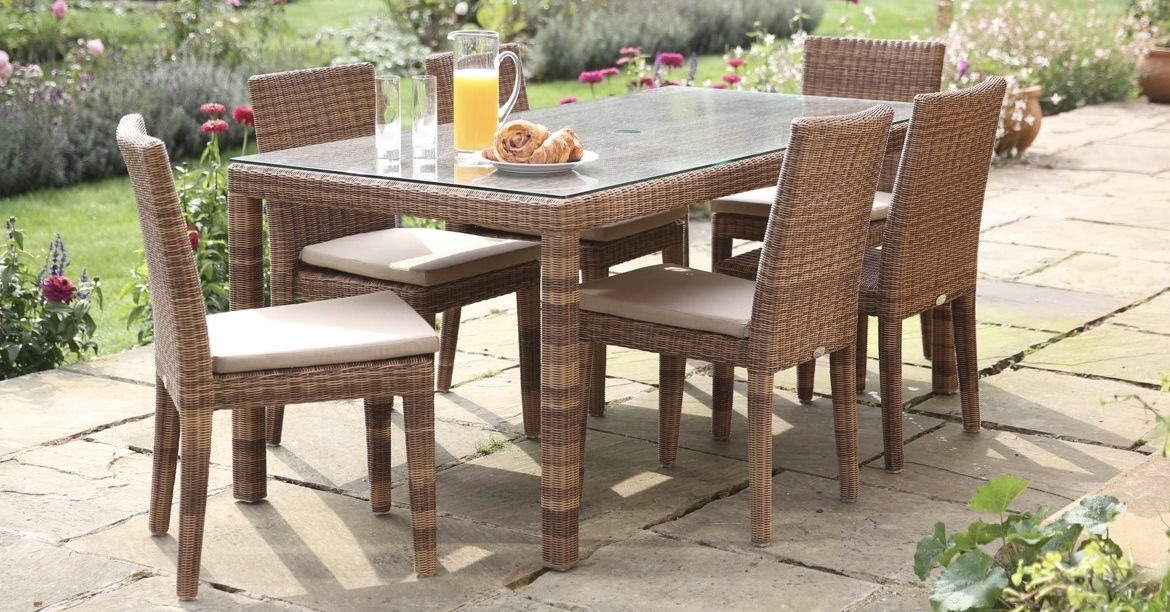-
Garden Furniture
- View All
-
Relax & Dine
- Relax & Dine
- Benches
- Chairs
- Tables
- Daybeds and Sofas
- Table and Chair sets
-
Wicker & Concrete
- Wicker & Concrete
- Wicker Furniture
- Polished Concrete
- Reclaimed Furniture
- Sun Loungers
- Coffee Tables
- Accessories
-

-
Collections
-
Home Furniture
- View All
-
Living Room & Dining Chairs
- Living Room & Dining Chairs
- Living Room
- Dining Chairs
- Conservatory
- Dining Tables
-

-
Sale
-
Outlet
-
Our Story
How to Clean Your Wicker Furniture

Wicker is an extremely durable and sturdy material that is easy to clean and care for. This material was primarily used to weave boxes and baskets in the past, but it has now become a great alternative choice to wooden garden furniture. It really is no surprise that wicker furniture is popular among many homeowners since they are very attractive and stylish. They also come in many different colours, designs and patterns that can enhance the look and profile of any indoor or outdoor living space.
Adding wicker furniture to your garden space can enhance its overall beauty and appearance, but if it isn't maintained correctly, this material can get dirty, sticky, mouldy and even smelly over time. They also come in two different types—natural and synthetic —which will determine the amount of care and attention required. For example, furniture made using synthetic materials typically does not require the same level of care and attention as natural wicker.
Types of wicker furniture

Natural wicker furniture is made using grasses and plant fibres such as rattan, willow, sea grass, and raffia. It is primarily designed for indoor use because it is not waterproof, and it is also vulnerable to UV damage, mould and mildew growth due to the use of organic materials.
Synthetic wicker furniture, on the other hand, is constructed using resin or vinyl weaves and is intended to be used outdoors as it has better waterproofing and weather-resistant qualities than natural wicker. However, they are still susceptible to damage from prolonged sun exposure, moisture accumulation, and resin wicker cracking or splitting over time.
Step-by-step instructions for cleaning wicker furniture
Below is a step-by-step guide on how to properly clean wicker furniture, regardless of its type. A more thorough cleaning is generally recommended once or twice a year. For a new wicker piece, you only need to dust it regularly with a soft cloth, a duster, or a vacuum with a bristle brush to keep it looking great.
- Remove any cushions or seat pads from the wicker furniture and clean them as directed by the manufacturer.
- Use a clean cloth or duster to remove any dust, dirt, or debris from the wicker surface. You may also switch to a low-power vacuum with a soft-bristled brush or even an old toothbrush for removing dust and dirt stuck in crevices and between weaves.
- Check the wicker for any surface marks as well as signs of wear and tear, such as loose weaves, mould growth, etc. If the damage is extensive, you may need to get in touch with your furniture manufacturer (if under warranty) or repair and restoration experts.
- For natural wicker, wipe all surfaces with a micro-fibre cloth and warm soapy water. You can use an all-purpose cleaner or liquid dish soap for the task. For synthetic wicker, use a soft-bristle brush and warm soapy water to clean the furniture. An old toothbrush can also be used to get rid of any dirt stuck in crevices.
- If you have mouldy patches on your wicker, it is best to remove them before the problem worsens. More information on how to remove mould can be found here.
- Rinse the wicker furniture with plenty of water and allow it to dry completely before adding any oil or coating to its surfaces.
Step 6 is very important, especially for natural wickers, which are more susceptible to mould and mildew growth as a result of water seeping through crevices. You can let the wicker dry outside (away from direct sunlight), in a well-ventilated area, or with a fan.
What kind of oil do you use for wicker furniture?
If you have synthetic wicker furniture, you do not need to apply oil as it is often fade-resistant, waterproof and weather-resistant. Linseed oil can be applied to natural, unpainted or non-coated wicker furniture to restore its natural lustre and protect it against excessive drying, fading and cracking. After the wicker has been thoroughly cleaned and dried, apply linseed oil to its surfaces and gently wipe away the excess. Allow the oil to settle and dry before covering the wicker furniture with cushions and seat pads.
